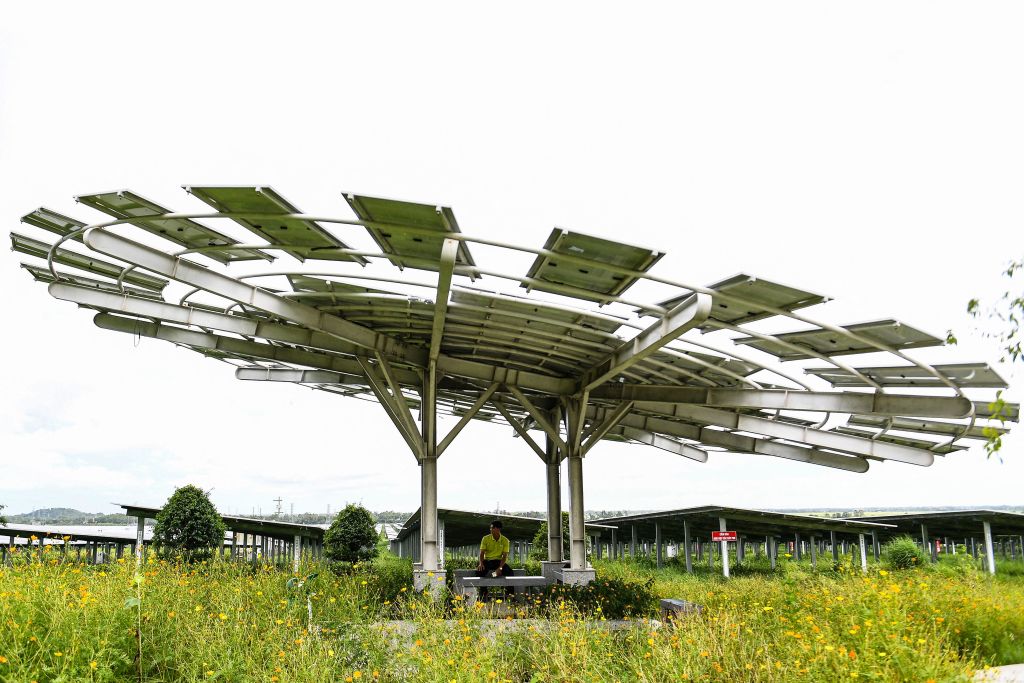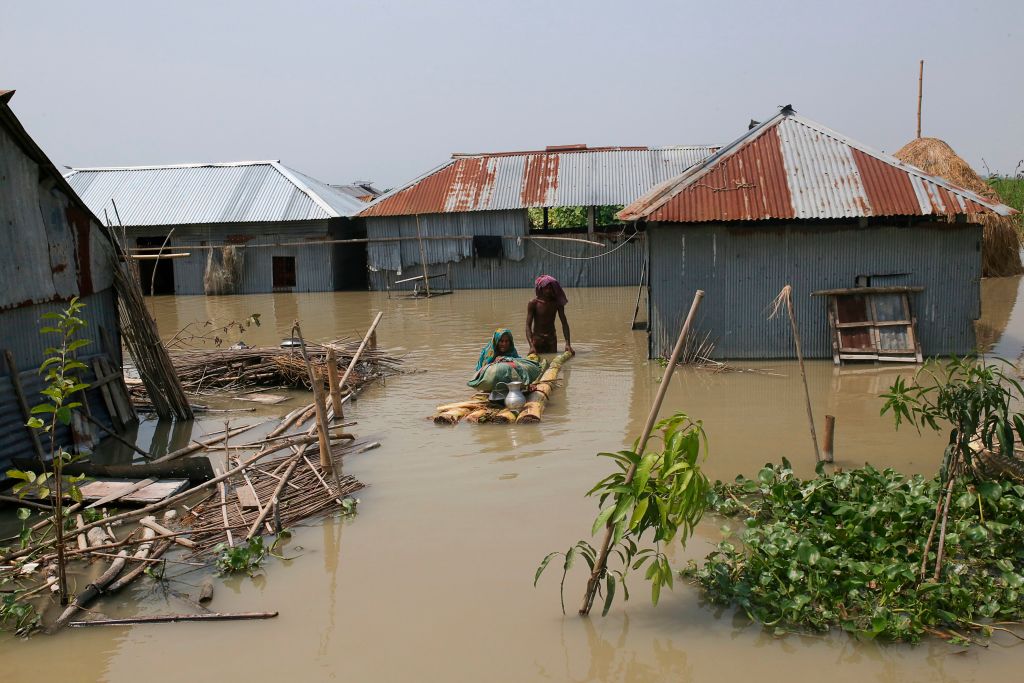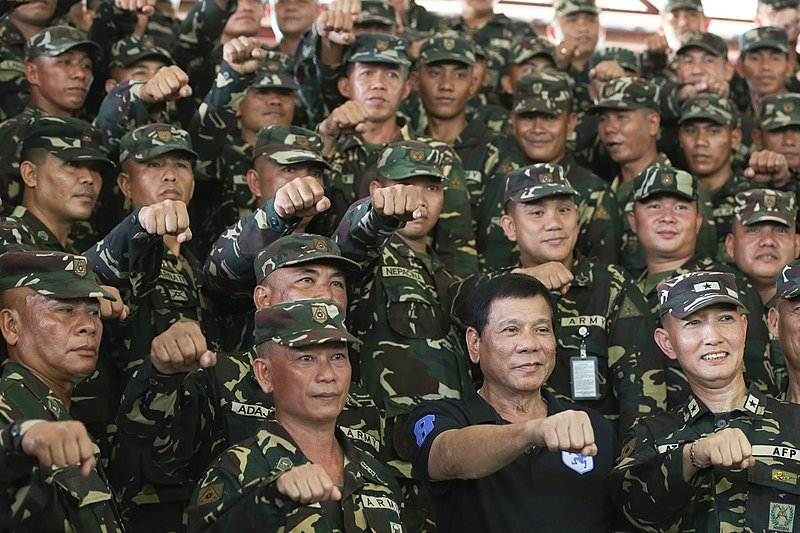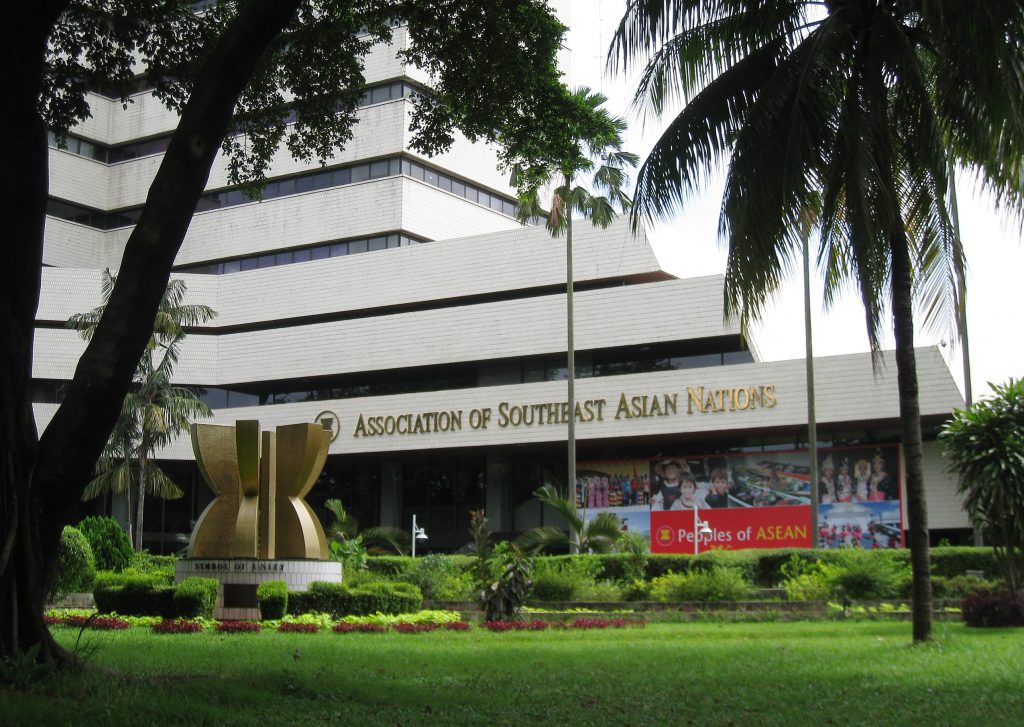Singing from the CCP’s songsheet
The role of foreign influencers in China’s propaganda system
Disclaimer: Please note that because of a website upload issue, an earlier version of this page and report contained errors including incorrect author names & acknowledgement text from a previous report. We have rectified these issues.
Executive summary
The Chinese Communist Party (CCP) has always viewed contact with foreigners and the outside world as a double-edged sword, presenting both threats and opportunities. While the CCP and its nationalist supporters harbour fears of foreigners infiltrating China’s information space and subtly ‘setting the tempo’ (带节奏) of discussions, the CCP also actively cultivates a rising group of foreign influencers with millions of fans, which endorses pro-CCP narratives on Chinese and global social-media platforms.
In the People’s Republic of China (PRC), the information ecosystem is geared towards eliminating rival narratives and promoting the party’s ‘main melody’ (主旋律)—the party’s term for themes or narratives that promote its values, policies and ideology.1 Foreign influencers who are amenable to being ‘guided’ towards voicing that main melody are increasingly considered to be valuable assets. They’re seen as building the CCP’s legitimacy for audiences at home, as well as supporting propaganda efforts abroad.
This report examines how a growing subset of foreign influencers, aware of the highly nationalistic online environment and strict censorship rules in China, is increasingly choosing to create content that aligns more explicitly with the CCP’s ‘main melody’.2 In addition to highlighting the country’s achievements in a positive light, these influencers are promoting or defending China’s position on sensitive political issues, such as territorial disputes or human rights concerns.
As we outline in this report, foreign influencers are involved in a wave of experimentation and innovation in domestic (and external) propaganda production that’s taking place at different levels around the PRC as officials heed Xi Jinping’s call to actively participate in ‘international communication’. That experimentation includes their use in the Propaganda Department’s efforts to control global narratives about Covid-19 in China and the cultivation of Russian influencers in China to counter Western narratives.3 This research also reveals that the CCP is effectively co-opting a widespread network of international students at Chinese universities, cultivating them as a talent pool of young, multilingual, social-media-friendly influencers.
Foreign influencers are guided via rules, regulations and laws, as well as via platforms that direct traffic towards user-generated propaganda. Video competitions organised by propaganda organs and the amplification of party-state media and government spokespeople further encourage this trend. The resulting party-aligned content foreign influencers produce, coupled with that of party-state media workers masquerading as influencers and state-approved ethnic-minority influencers4 are part of a coordinated tactic referred to as ‘polyphonous communication’ (复调传播).5
By coordinating foreign influencers and other communicators, Beijing aspires to create a unified choir of voices capable of promoting party narratives more effectively than traditional official PRC media. The ultimate goal is to shield CCP-controlled culture, discourse and ideology from the dangers of foreign and free political speech, thereby safeguarding the party’s legitimacy.
As this report outlines, that strategy reveals the CCP’s determination to defend itself against foreign influence and shape global narratives in its favour, including through covert means. As one party-state media worker put it, the aim is to ‘help cultivate a group of “foreign mouths”, “foreign pens”, and “foreign brains” who can stand up and speak for China at critical moments’.6
The CCP’s growing use of foreign influencers reinforces China’s internal and external narratives in ways that make it increasingly difficult for social-media platforms, foreign governments and individuals to distinguish between genuine and/or factual content and propaganda. It further complicates efforts to counter disinformation and protect the integrity of public discourse and blurs the line between independent voices and those influenced by the party’s narratives.
This report makes key recommendations for media and social-media platforms, governments and civil society aimed at building awareness and accountability. They include broadening social-media platforms’ content labelling practices to include state-linked, PRC-based influencers; preventing PRC-based creators from monetising their content on platforms outside China to diminish the commercial incentives to produce party-aligned content; and, in countries with established foreign interference taskforces, such as Australia, developing appropriate briefing materials for students planning to travel overseas.
Key Findings
- Foreign influencers are reaching increasingly larger and more international audiences. Some of them have tens of millions of followers in China and millions more on overseas platforms (see Appendix 1 on page 65), particularly on TikTok, YouTube and X (formerly Twitter).
- The CCP is creating competitions that offer significant prize money and other incentives as part of an expanding toolkit to co-opt influencers in the production of pro-CCP and party-state-aligned content (see Section 2.3: ‘State-sponsored competitions’ on page 20).
- Beijing is establishing multilingual influencer studios to incubate both domestic and foreign influencers in order to reach younger media consumers globally (see Section 2.5: ‘The influencer studio system’ on page 33).
- The CCP is effectively using a widespread network of international students at Chinese universities, cultivating them as a latent talent pool of young, multilingual, social-media-friendly influencers (see breakout box: ‘PRC universities’ propaganda activities’ on page 32).
- Russian influencers in China are cultivated as part of the CCP’s strategic goal of strengthening bilateral relations with Russia to counter Western countries (see Section 3.4: ‘Russian influencers’ on page 53).
- The CCP is using foreign influencers to enable its propaganda to surreptitiously penetrate mainstream overseas media, including into major US cable TV outlets (see Section 3.3: ‘Rachele Longhi’ on page 44). Chinese authorities use vlogger, influencer and journalist identities interchangeably, in keeping with efforts aimed at influencing audiences, rather than offering professional or objective news coverage.
- CCP-aligned influencer content has helped boost the prevalence of party-approved narratives on YouTube, outperforming more credible sources on issues such as Xinjiang due to search-engine algorithms that prioritise fresh content and regular posting (see Section 2.2 ‘Turning a foreign threat into a propaganda opportunity’ on page 15).
- Foreign influencers played a key part in the Propaganda Department’s drive to control international narratives about Covid-19 in China and have, in some instances, attempted to push the CCP’s narrative overseas as well (see Section 1.1: ‘Case study’ on page 7).
- Efforts to deal with CCP propaganda have taken a step backwards on X, which under Elon Musk has dispensed with state-affiliation labels and is allowing verification for party-state media workers, including foreigners (see Section 2.5 ‘The influencer studio system’ on page 33).
Stella Chen, ‘Main melody’, China Media Project, 18 February 2022. ↩︎- Chen, ‘Main melody’. ↩︎
- The term ‘Propaganda Department’ is used here for the Publicity Department of the Central Committee of
the CCP. Subordinate CCP organisations in many cases have their own propaganda departments. ↩︎ - Fergus Ryan, Daria Impiombato, Hsi-Ting Pai, Frontier influencers: the new face of China’s propaganda, ASPI,
Canberra, 20 October 2022. ↩︎ - Devin Thorne, ‘1 key for 1 lock: the Chinese Communist Party’s strategy for targeted propaganda’, Recorded
Future, September 2022. ↩︎ - Du Guodong [杜国东], ‘A tentative analysis of how to leverage the role of foreign internet celebrities
in China’s international communication’ [试析如何发挥洋网红在中国国际传播中的作用], FX361, 10
September 2019. ↩︎










